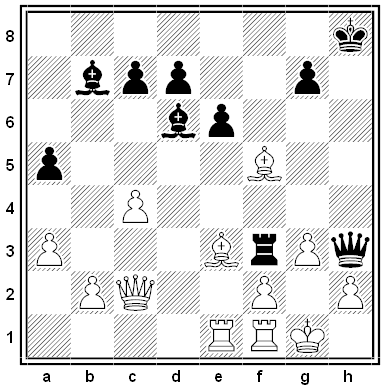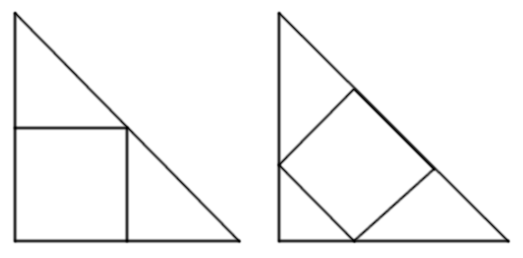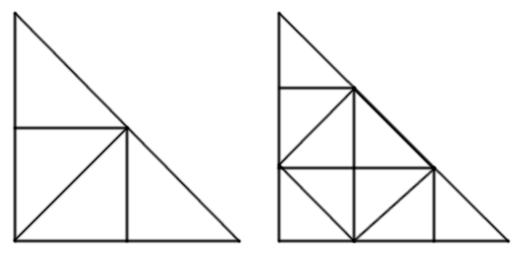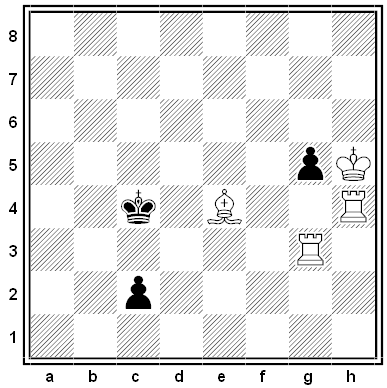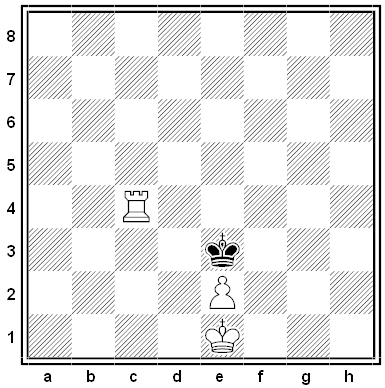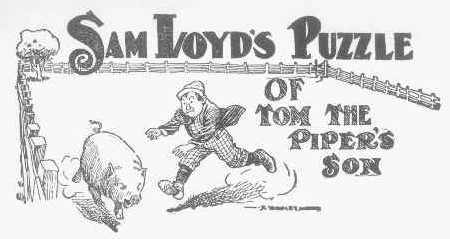
A problem from Sam Loyd’s Cyclopedia of Puzzles, 1914:
Here is the puzzle of Tom the Piper’s Son, who, as told by ‘Mother Goose,’ stole the pig and away he run. It is known that Tom entered the far gate shown at the top on the right hand. The pig was rooting at the base of the tree 250 yards distant, and Tom captured it by always running directly towards it, while the pig made a bee-line towards the lower corner as shown. Now, assuming that Tom ran one-third faster than the pig, how far did the pig run before he was caught?
Intriguingly, Loyd adds, “The puzzle is a remarkable one on account of its apparent simplicity and yet the ordinary manner of handling problems of this character is so complicated that solvers are asked merely to submit approximately correct answers, based upon judgment and common sense, just to see who can make the best guess. The simple rule for solving it, however, which will doubtless be quite new to our puzzlists, is based upon elementary arithmetic.” What’s the answer?
|
SelectClick for Answer |
Loyd’s answer:
In the puzzle of Tom the Piper’s Son, who stole the pig, Mother Goose reports that Tom had to run 571 3/7 yards to catch the pig, while the porker ran three-quarters of that distance, which would be 428 4/7 yards. The simple rule for solving problems of this class is to halve the distance the man would have to travel to catch the pig in a straight line added to the distance he would go if they advanced toward each other. Tom is 250 yards from the pig, and as he goes one-third faster, in a straight line, he would catch him in 1,000 yards. If they run toward each other, Tom goes four-sevenths of the distance, viz.: 142 6/7 of the 250 yards, which, added to 1,000, equals 1,142 6/7 yards. Half of this equals 571 3/7 yards, which is the correct answer.
Loyd doesn’t really explain his “simple rule,” but in the Pi Mu Epsilon Journal (Volume 6, Number 9, Fall 1978, page 545), Tom Apostol of Caltech shows that Loyd’s method is generally valid.
The editors add, “The charm of this problem lies in the insidious way the stated result defies our intuitive notions. At first we suspect that the result, if true, might accidentally apply only to the special case involving the given distances and the relative speeds but then the denouement affirms the generality of Loyd’s method of solution.”
In his edited collection of Loyd’s puzzles, Martin Gardner added, “The man’s path forms one of the simplest of ‘pursuit curves,’ the study of which forms an interesting branch of what one might call ‘recreational calculus.'”
|


